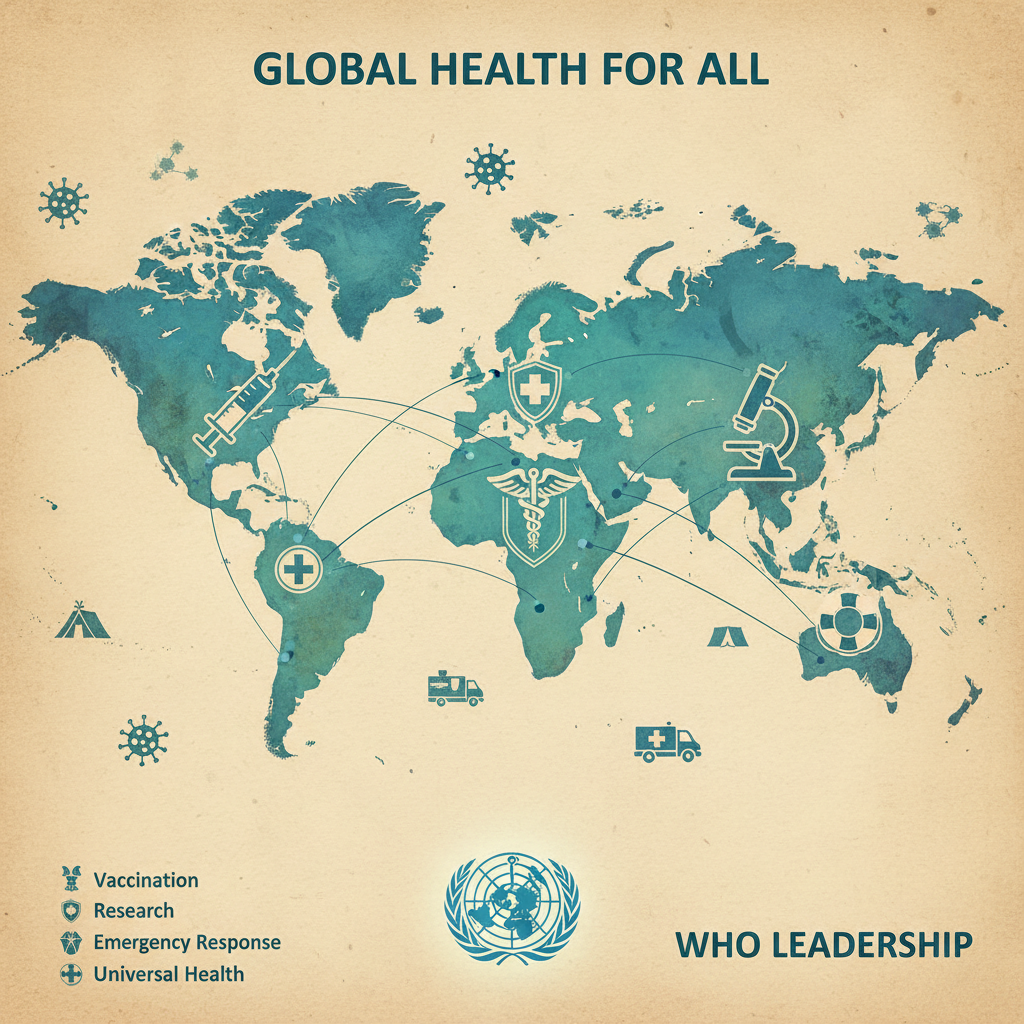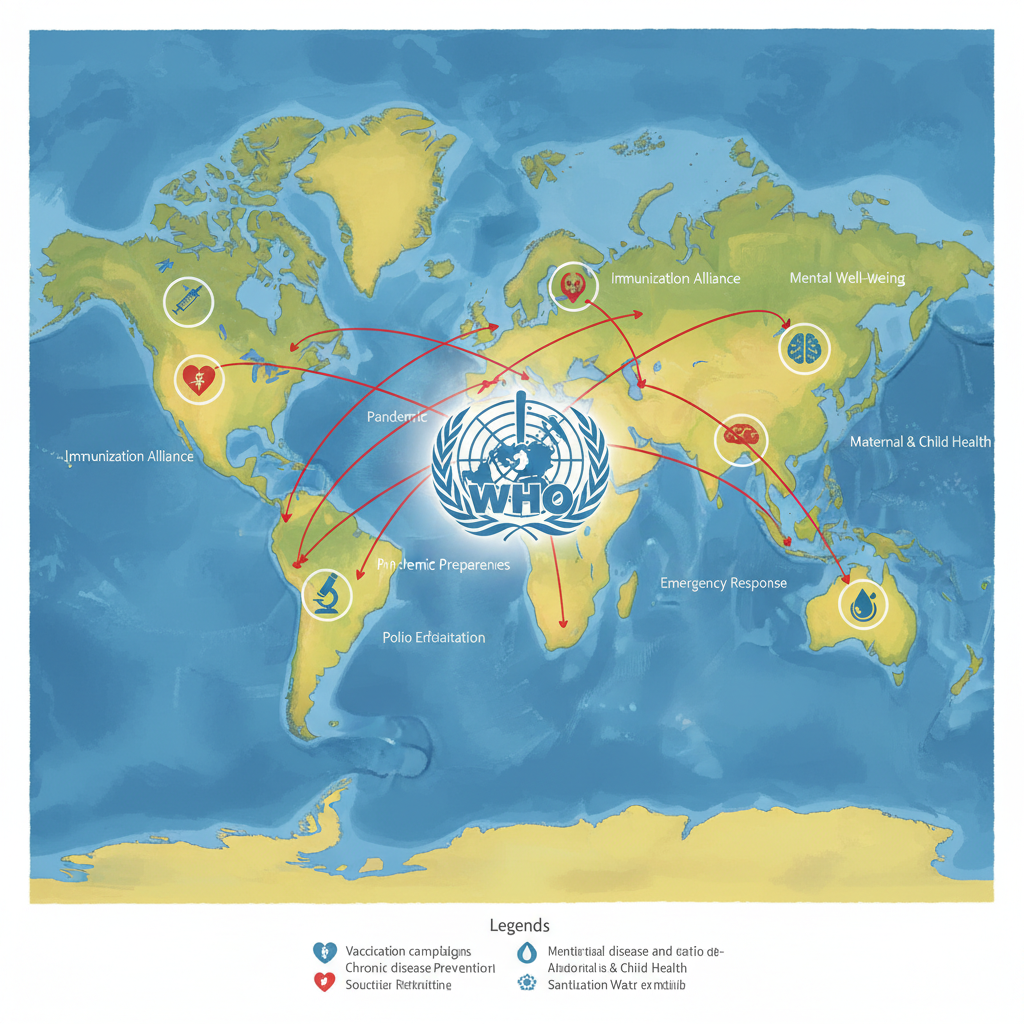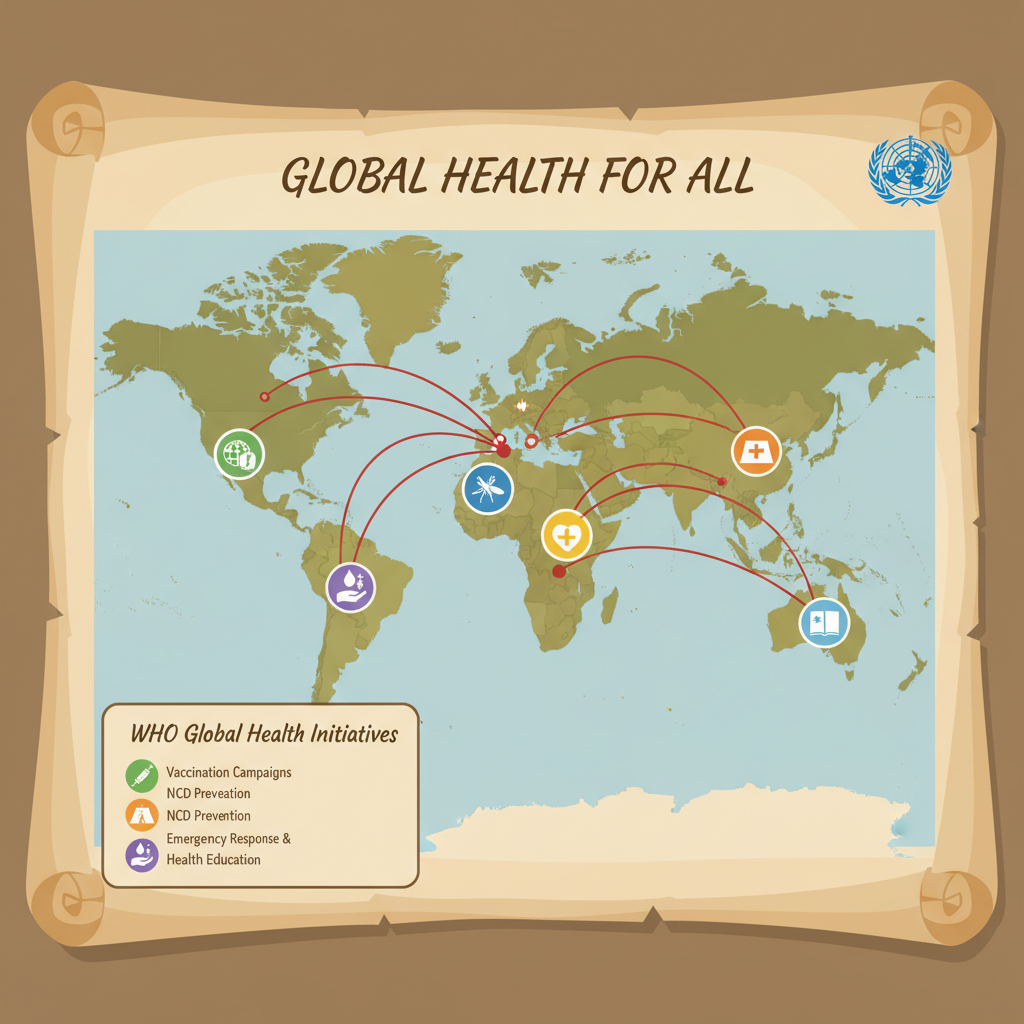W.H.O Acronym Meaning and Role in Global Health
Learn the meaning of the W.H.O acronym, its history, mission, and key global health initiatives, plus the role it plays during health crises worldwide.

Introduction to Acronyms in Global Organizations
Acronyms play a crucial role in the operations of global institutions, streamlining communication and enhancing recognition across linguistic and cultural boundaries. They reduce lengthy official names to succinct abbreviations that are easier to remember and convey—vital in diplomacy, journalism, and international policy discussions.
From UN to NATO and the W.H.O acronym, such shortened forms are now integral to global discourse. Among these, the World Health Organization stands out as a leader in international health collaboration. Knowing precisely what each letter represents in the WHO acronym allows citizens, policymakers, and health professionals to engage more effectively with its mission to safeguard public health worldwide.

---
Breakdown of W.H.O: What Each Letter Stands For
The W.H.O acronym is structured as follows:
- W – World: Signifying a truly global vision and outreach, spanning all nations and peoples.
- H – Health: Representing the organization’s dedication to complete physical, mental, and social well-being.
- O – Organization: Signaling a formal entity designed to coordinate health efforts worldwide.
Together, the term “World Health Organization” encapsulates a cooperative, international institution committed to achieving the highest possible standards of health on a global scale. This universal reach ensures that health initiatives transcend geographic and political boundaries.
---
Brief History of the World Health Organization
The WHO was officially established on 7 April 1948 under the umbrella of the United Nations (UN) to address health concerns that cross national borders. Its foundation marked the start of a new era in coordinated public health.
Notable early milestones include:
- 1946: The International Health Conference adopted the WHO Constitution.
- 1948: The first World Health Assembly convened.
- 1950s–1970s: Major campaigns against smallpox and malaria.
Over decades, WHO’s remit expanded to address non-communicable diseases, mental health, social determinants of health, and comprehensive health system strengthening.
---
Mission and Primary Functions of the WHO
WHO’s mission, articulated in its constitution, is “the attainment by all peoples of the highest possible level of health.”
Its primary functions include:
- Establishing global health standards to guide policy and practice.
- Providing technical assistance for health system development.
- Monitoring and reporting on health trends internationally.
- Coordinating epidemic and pandemic responses among member states.
- Promoting fair access to essential medicines and vaccines worldwide.

By fulfilling these roles, WHO acts simultaneously as a research authority, strategic advisor, and crisis response leader.
---
Major Global Health Initiatives Led by the WHO
WHO’s leadership has driven a host of impactful initiatives, including:
- Smallpox Eradication Program – Declared eradicated in 1980 following intensive global vaccination efforts.
- Polio Eradication Campaigns – Ongoing strategies to eliminate polio in remaining endemic regions.
- Expanded Programme on Immunization (EPI) – Ensuring universal access to key vaccines.
- Global Health Observatory (GHO) – Providing open access to health data and indicators.
- Framework Convention on Tobacco Control – A binding treaty aimed at reducing tobacco’s global health burden.
Such initiatives emphasize WHO’s proactive, prevention-first philosophy in global health governance.
---
Role of the WHO During Health Crises and Pandemics
When health emergencies arise, WHO assumes the mantle of international coordination authority, undertaking roles such as:
- Declaring a Public Health Emergency of International Concern (PHEIC).
- Deploying expert response teams.
- Publishing authoritative health and safety guidance.
- Overseeing collaborative vaccine and therapeutic research.
- Managing timely, accurate information to curb misinformation.
In the COVID-19 pandemic, WHO synthesized global scientific data to recommend safety protocols, streamline diagnostic testing, and support equitable vaccine distribution.

---
Criticisms and Controversies Surrounding the WHO
While WHO has made historic contributions to public health, it has faced challenges and criticism:
- Speed of response – Alleged delays in declaring emergencies.
- Political influence – Concerns about state-level politics impacting impartial decision-making.
- Funding model limitations – Dependence on voluntary contributions potentially sways priorities.
- Communication consistency – Mixed messages during rapidly evolving situations.
Addressing these concerns through transparency and structural reform remains essential to preserving WHO’s credibility and influence.
---
Importance of the WHO in Shaping Public Health Policy
WHO’s recommended policies often serve as templates for national law and standard medical protocols. Key influence areas include:
- Prevention and control of diseases.
- Setting global nutritional benchmarks.
- Standards for safe water and sanitation.
- Occupational and workplace health guidelines.
Through these policy frameworks, WHO fosters alignment between national priorities and international best practices.
---
How WHO Collaborates With Member States and NGOs
WHO’s mission thrives on collaboration among diverse partners:
Collaboration Channels
| Partner Type | Role in Collaboration | Examples |
|---|---|---|
| Member States | Implement WHO recommendations, report health data | USA, India, Brazil |
| NGOs | Deliver health programs, provide on-the-ground support | Doctors Without Borders, Red Cross |
| Academic Institutions | Conduct health research, training | Johns Hopkins University, London School of Hygiene & Tropical Medicine |
| Private Sector | Develop medicines, technology innovations | Pharmaceutical companies, tech firms |
By tailoring initiatives through these channels, WHO can address regional needs while maintaining global standards.
---
Conclusion: Significance of Understanding the W.H.O Acronym in Global Health
Recognizing the W.H.O acronym is not simply about knowing the words—it is an entry point into understanding one of the most influential institutions in international health. WHO’s impact ranges from eradicating deadly diseases to shaping the very policies that govern health systems globally.
In today’s interconnected world, WHO’s work underscores the fact that health is a shared responsibility transcending borders. Whether mitigating pandemics, raising nutrition standards, or ensuring equitable access to essential medicines, WHO’s role is indispensable in safeguarding the health of billions.
For policymakers, health professionals, and engaged citizens, awareness of WHO’s mission and structure promotes more informed participation in global health debates. Support for WHO’s programs and advocacy for its principles contribute directly to healthier, more resilient nations.
Stay informed—following WHO’s initiatives and understanding the meaning behind its acronym prepares you to engage with and support vital health measures worldwide.




